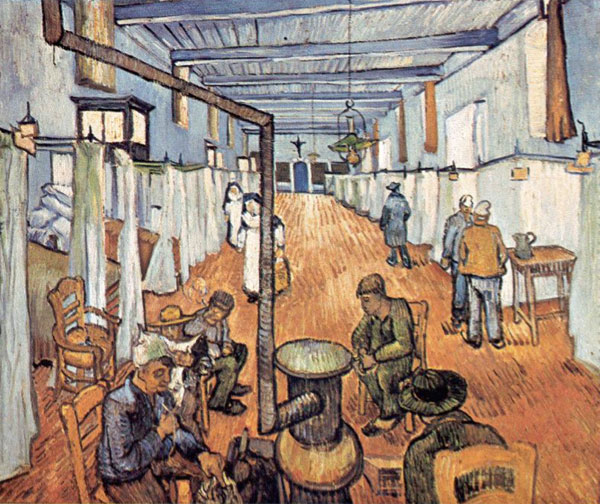Spirituality at the approach of death...
Abstract
At the end of life the human being enters a period of dissonance where there is important physical, mental and spiritual suffering. The last of these may be just as disturbing as the first, and at times even less bearable. Spiritual suffering arrives because of a loss of the meaning and the sense of life, a loss of hope, and it manifests itself through spiritual pain. Because we need some meaning in life, at the same time we give some meaning to facing up to death. Spirituality is the important tool we use in the last stage of life and, according to some authors, this is because it favours the capacity of the human being to rise to transcendency as a way of overcoming or mitigating suffering and spiritual pain. The questions asked in this sphere are infinite. Can spiritual suffering be minimized? What is our role as care givers? Such questions are posed in the awareness that the terminally ill person, beyond needs, is calling for integral attention in the search for his or her equilibrium and the minimization of hs or her suffering , through the satisfaction of their social, physical, emotional and, above all, spiritual needs. This article seeks to put forward reflections that put the need for spiritual care into words, along with the possible implications of spiritual support as life draws to its closeDownloads
-
Abstract939
-
PDF (Español (España))766
-
PDF (Português )766
The works published in this magazine are subject to the following terms:
1. The Publications Service of the University of Murcia (the publisher) preserves the copyright of the published works, and encourages and allows the reuse of the works under the license for use stated in point 2.
© Servicio de Publicaciones, Universidad de Murcia, 2011 (© Publications Service, University of Murcia, 2011)
2. The works are published in the electronic edition of the journal under Creative Commons Reconocimiento-NoComercial-SinObraDerivada 3.0 España(texto legal) “ a Attribution-NonCommercial-NoDerivatives 3.0 Spain license (legal text)”. They can be copied, used, broadcasted, transmitted and publicly displayed, provided that: i) the authorship and original source of their publication (journal, publisher and URL) are cited; (ii) are not used for commercial purposes; iii) the existence and specifications of this license is mentioned.
3. Conditions of self-archiving. Authors are allowed and encouraged to electronically disseminate the pre-print (pre-reviewed ) and / or post-print (reviewed and accepted for publication) versions of their works prior to publication, as it ensures a wider circulation and dissemination which may lead to a possible increase in its mention and a higher scope among the academic community. RoMEO color: green.













